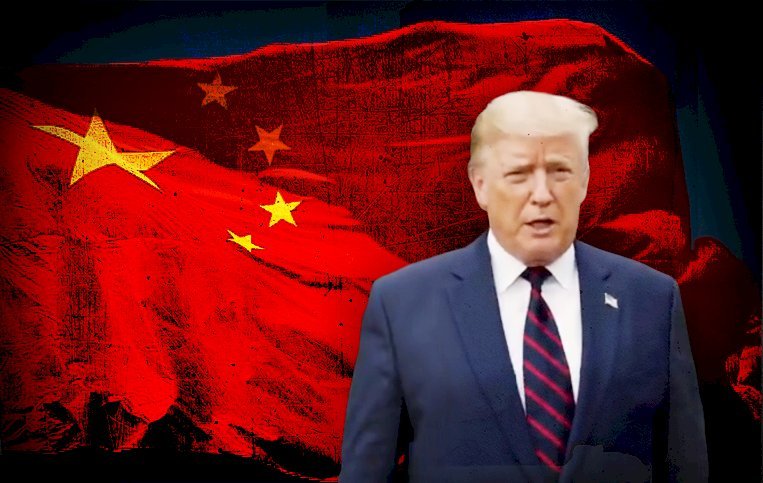
The New Era of Industrial Warfare
Despite Donald Trump's return to office, tariff barriers aimed at protecting the domestic market are steadily being erected—whether implemented immediately or held in reserve as a means of deterrence.
Trump’s plan involves imposing high tariffs on Mexico and Canada, aiming on one hand to push both countries to address long-standing issues at the border—such as immigration chaos, gang violence, and drug trafficking—and on the other hand, to pressure them into confronting China’s tactic of "country-of-origin laundering" for its exports. At the root of all these issues lies a common source: it is the Chinese Communist Party’s directive—or at the very least, its tacit approval—that enables the constant flow of illicit drugs and cheap goods overwhelming North America, creating widespread disruption across the continent.
What we must understand is that current efforts to contain the ambitions of the Chinese Communist Party remain insufficient. Economist Robert D. Atkinson and his think tank have warned that this is a new era of industrial warfare. China's primary goal is not to earn foreign exchange—it is to systematically dismantle the U.S. economy in order to pave the way for China to become the world’s dominant superpower.
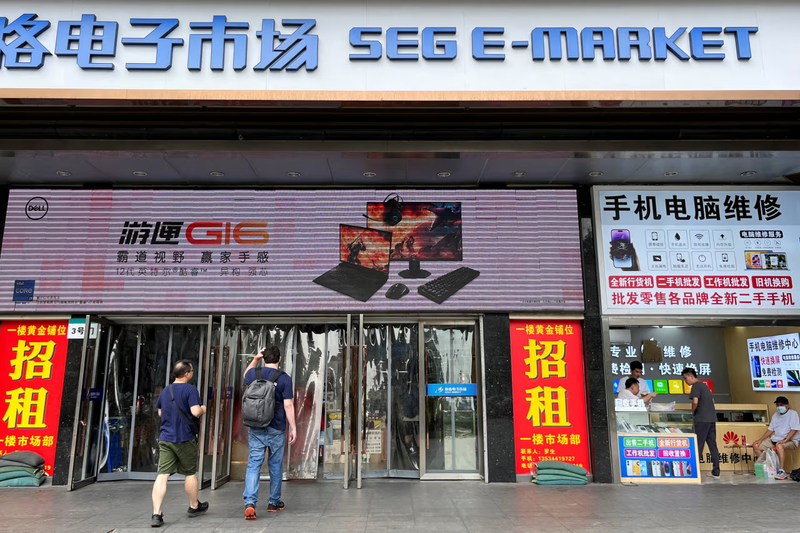
Chip Smuggling: Turning the Chip Ban into a Joke
In mid-2024, The Wall Street Journal revealed that a supplier based in Beijing had hired overseas students to smuggle chips back to China by placing them in suitcases and transporting them from Singapore. Around the same time, other major media outlets—including The New York Times and The Washington Post—also exposed the common tactics used by Chinese companies: creating shell companies and engaging in illicit trade operations.
Earlier this year, Singaporean authorities also launched an investigation into this smuggling method. For instance, three men were recently arrested in Singapore for allegedly attempting to illegally export a set of servers equipped with Nvidia chips to another country. These individuals were charged with fraud by Singaporean law enforcement for falsely declaring the identity of the server’s buyer.
Looking back at 2022, the U.S. chip export restrictions sparked widespread outcry among China’s tech giants. Companies like Baidu, ByteDance, and Alibaba faced the sudden threat of losing access to the computing power necessary for their operations, with even the supply of high-bandwidth memory at risk of being cut off entirely.

However, despite increasingly tightened U.S. chip export restrictions, China’s demand for computing power provided by high-end chips remains substantial, while its current capacity for domestic chip production is still inadequate. A recent example is the sudden emergence of Deepseek, whose parent company was revealed to possess over 50,000 A100 chips. During the training of Deepseek’s chatbot model R3, the company reportedly used Nvidia’s Hopper-architecture chips—including 10,000 units each of the H800 and H100 models, as well as the China-specific H20 variant.
Thus, smuggling and covert transportation became their preferred solution—just as the Chinese Communist Party has done throughout the 21st century: stealing, infiltrating, and then loudly boasting about its so-called achievements.
In fact, China continually devises new methods to acquire advanced chips. A recent report by the think tank CSIS revealed that Chinese tech giant Huawei has been establishing shell companies overseas to place orders with Taiwan's TSMC—the world’s leading semiconductor manufacturer—in an attempt to bypass U.S. export restrictions on chips to China. According to the report, China has already obtained more than two million AI chips through this strategy and has stockpiled enough high-bandwidth memory to last over a year.
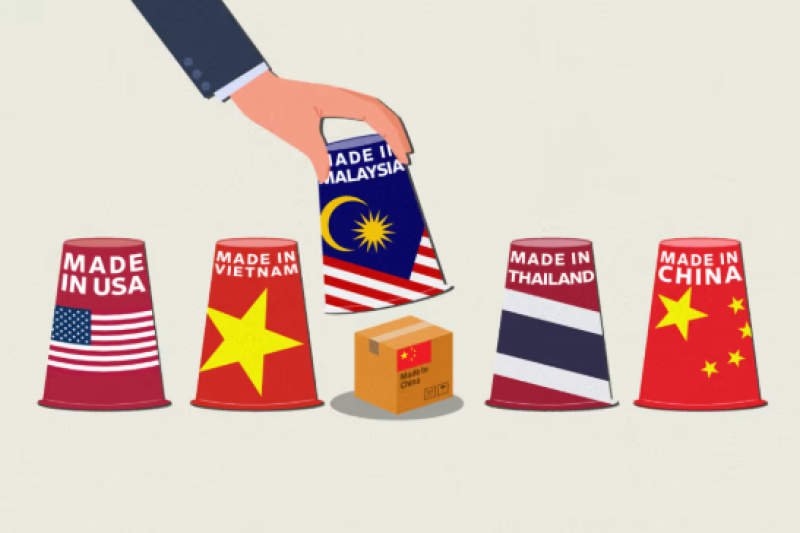
Not Just Chip Theft: A Flood of Cheap Goods
Alongside chip theft, China’s flood of cheap goods continues to surge. Beijing has begun extending its reach into America’s allies, seeking to exploit trade relationships and loopholes within U.S. alliances for its own economic gain.
For example, since the outbreak of the U.S.-China trade war in 2018, the United States began imposing tariffs on Chinese goods, prompting Chinese companies to seek alternative routes into the American market. Mexico, as a member of the North American Free Trade Agreement (NAFTA), has become an ideal choice for Chinese enterprises. By setting up factories in Mexico, products can be labeled “Made in Mexico,” allowing them to benefit from tariff-free access to the U.S. market — effectively bypassing the heavy tariffs imposed on Chinese-made goods.
Official trade data from Mexico shows that Chinese exports to Mexico have steadily increased in recent years, now accounting for 20% of Mexico's total imports. Mexican Deputy Trade Minister Gutiérrez told the media that around 70% of goods imported from Asia—mostly Chinese products and components—are purchased by approximately 50 foreign companies operating in Mexico. Notably, half of these companies are American firms in the automotive, semiconductor, aerospace, and aviation industries.
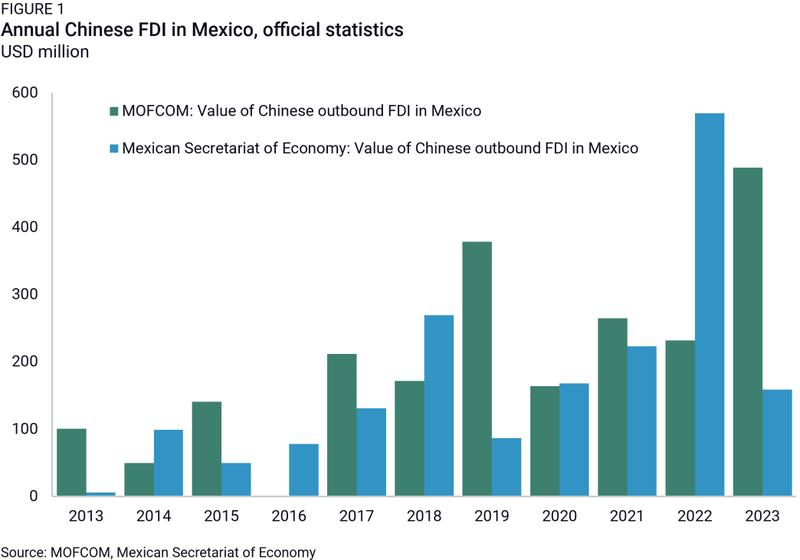
In addition, China's foreign direct investment (FDI) in Mexico amounted to only $267 million USD in 2018. However, by 2022, that figure had surged to $570 million USD, marking a historic high.
In addition to Mexico to the south, China has also been actively using Canada to the north as a springboard for funneling goods into the United States. It was precisely because of this that, after taking office, President Trump announced the imposition of tariffs on both Canada and Mexico. This move aimed to curb China's ongoing practice of exploiting America’s neighboring countries to disguise the origin of its goods and circumvent U.S. trade restrictions.
This Is All Part of the Plan to Destroy America: The War Has Already Begun
The Chinese Communist Party’s intention is clear: to use every means possible to render the U.S. chip export ban futile — nothing more than a joke. By doing so, the CCP not only strengthens its own narrative of technological prowess but also chips away at public trust in democratic systems across the free world.
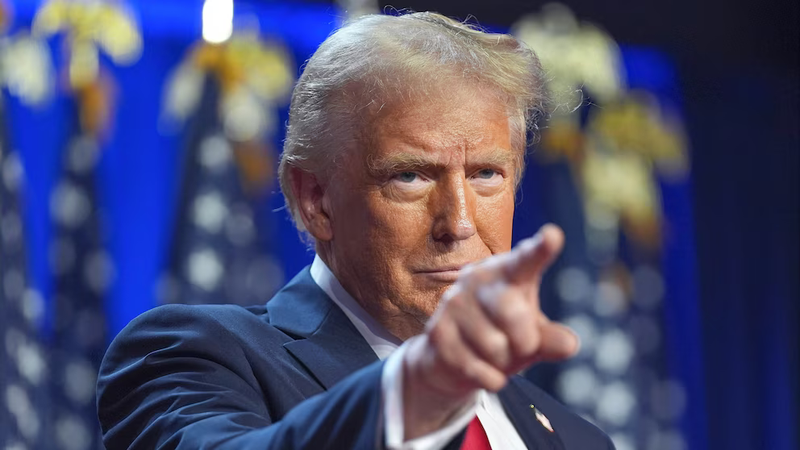
This not only delivers a heavy blow to the technological industries that Americans take pride in, but also undermines public confidence in the economy—sending shockwaves through Wall Street, triggering a Nasdaq plunge, mass layoffs in the tech sector, and a rising unemployment rate. A United States engulfed in economic gloom and social instability is exactly what China hopes to see.
At the same time, China’s use of North American neighbors to channel goods into the United States not only harms American manufacturing, but also exacerbates tensions between the U.S. and its neighboring countries—driving a wedge that pushes America further apart from its regional allies.
We must recognize the underlying intent behind China’s series of actions: the Chinese Communist Party (CCP) is not merely focused on developing its domestic industries or strengthening national power—it also seeks to severely undermine American industries, pushing them toward collapse. In doing so, China not only celebrates America’s decline but also further consolidates its own authoritarian rule and strengthens its grip on power.
In the face of the Chinese Communist Party’s aggression and coercion, we can no longer afford the luxury of naivety. As a nation already in the midst of an economic and strategic war, our only path forward is to fully understand the opponent we face—and to respond boldly, strategically, and swiftly. Only then do we stand a chance of protecting our prosperity and preserving our freedom.